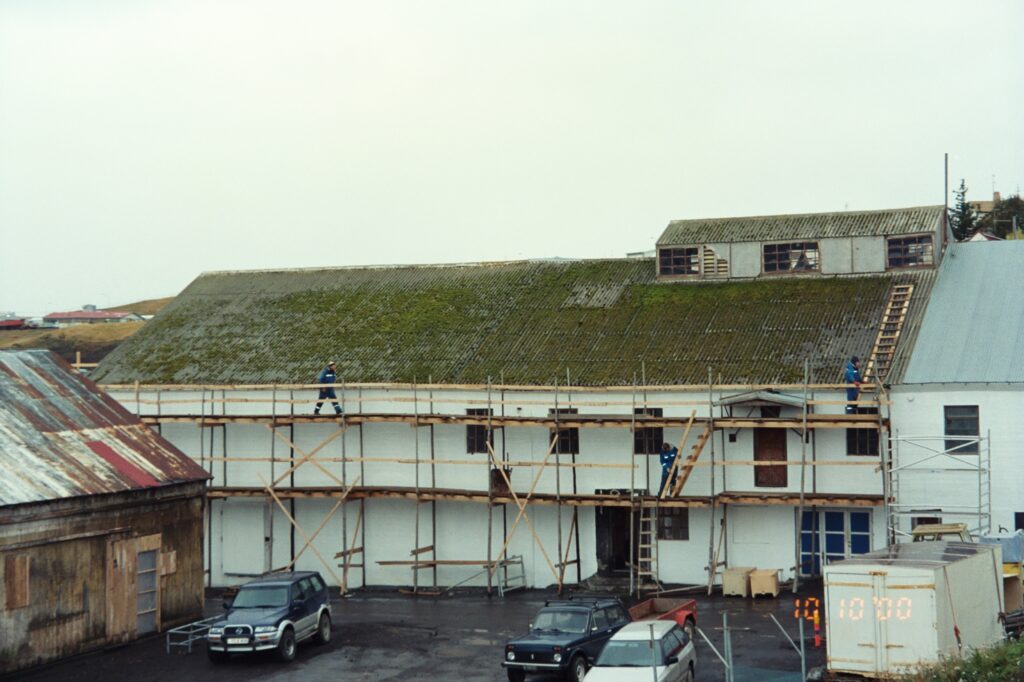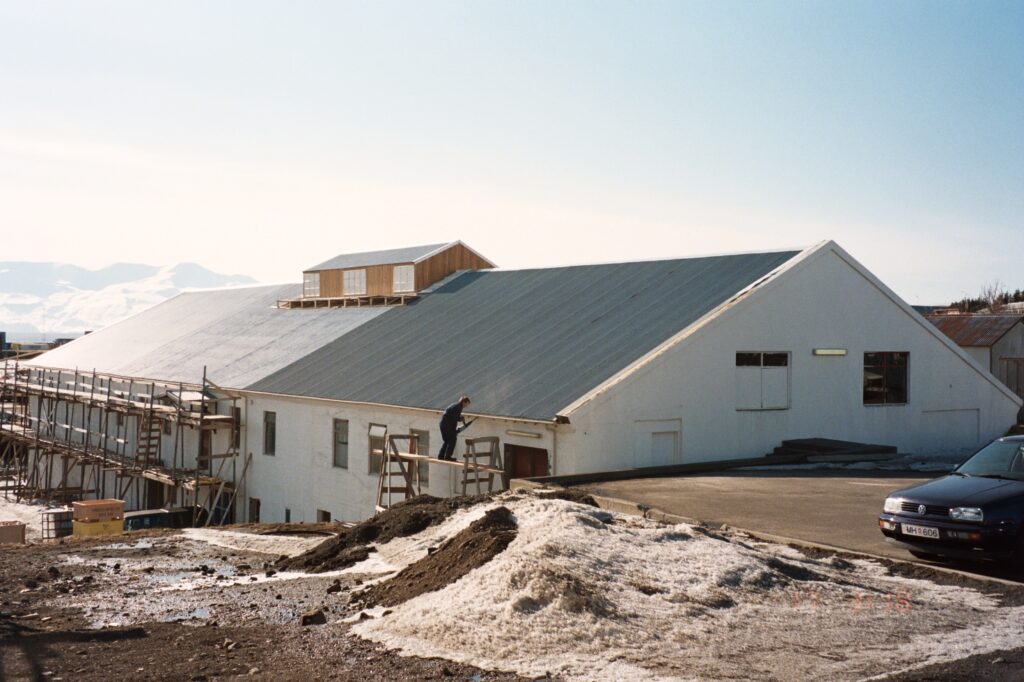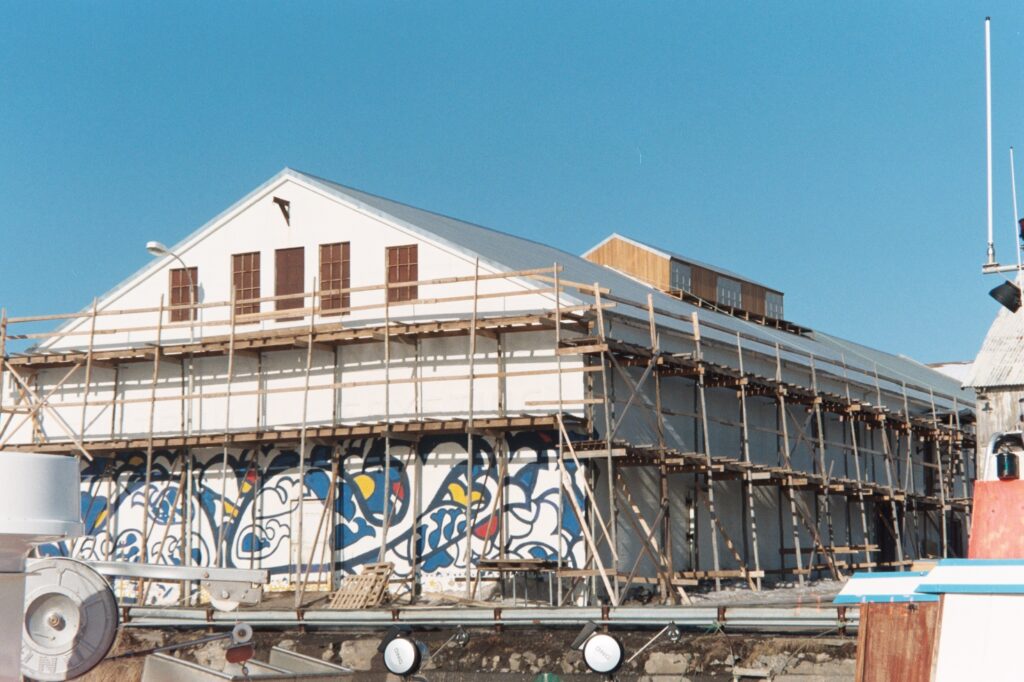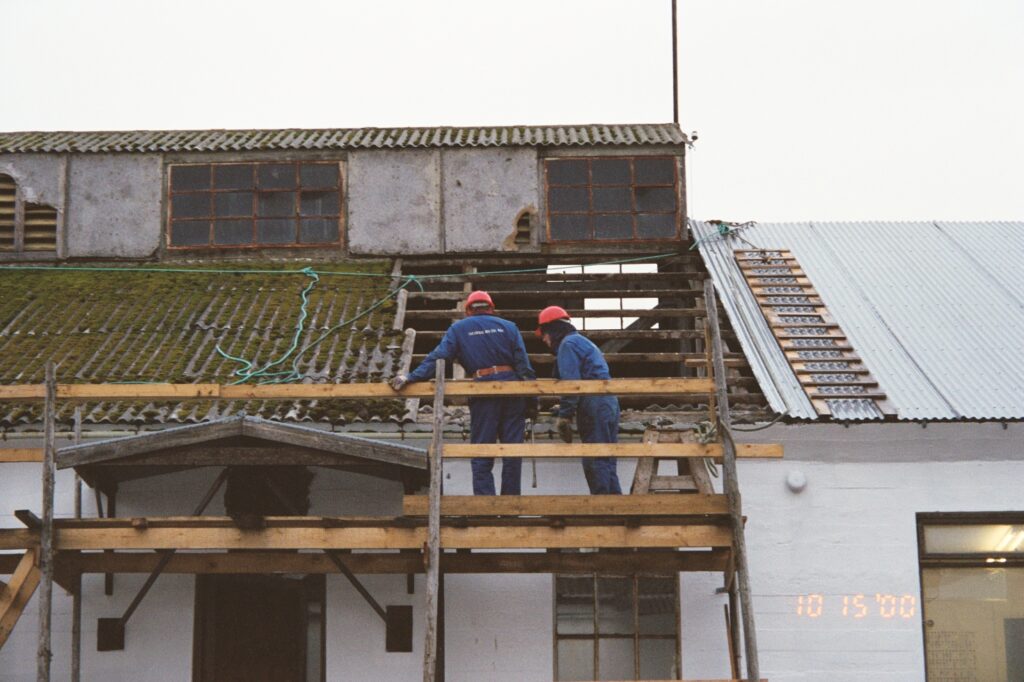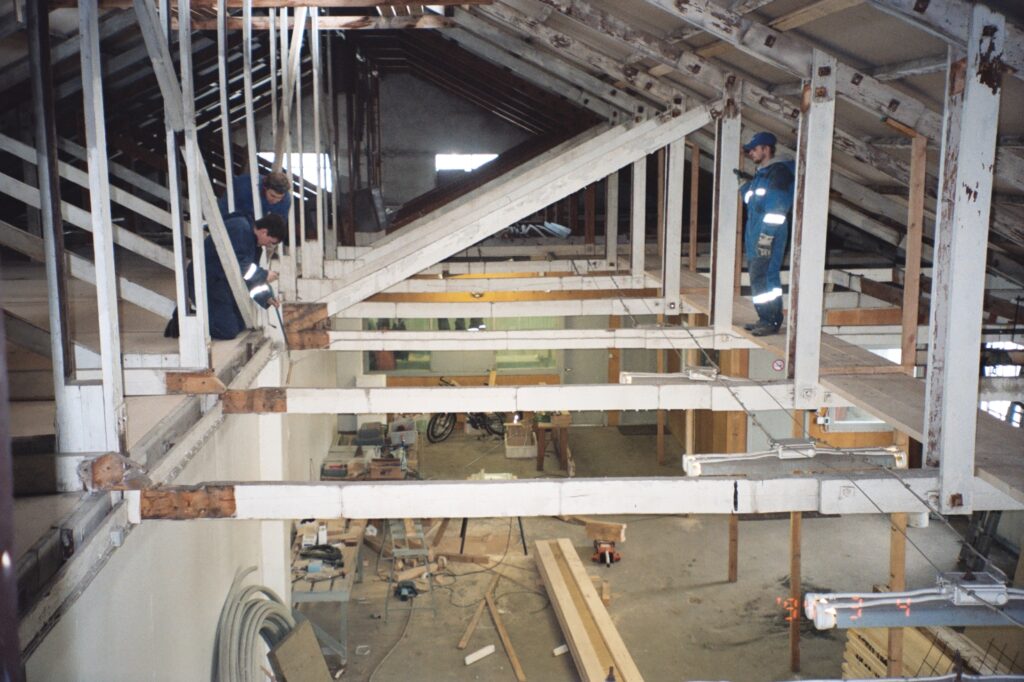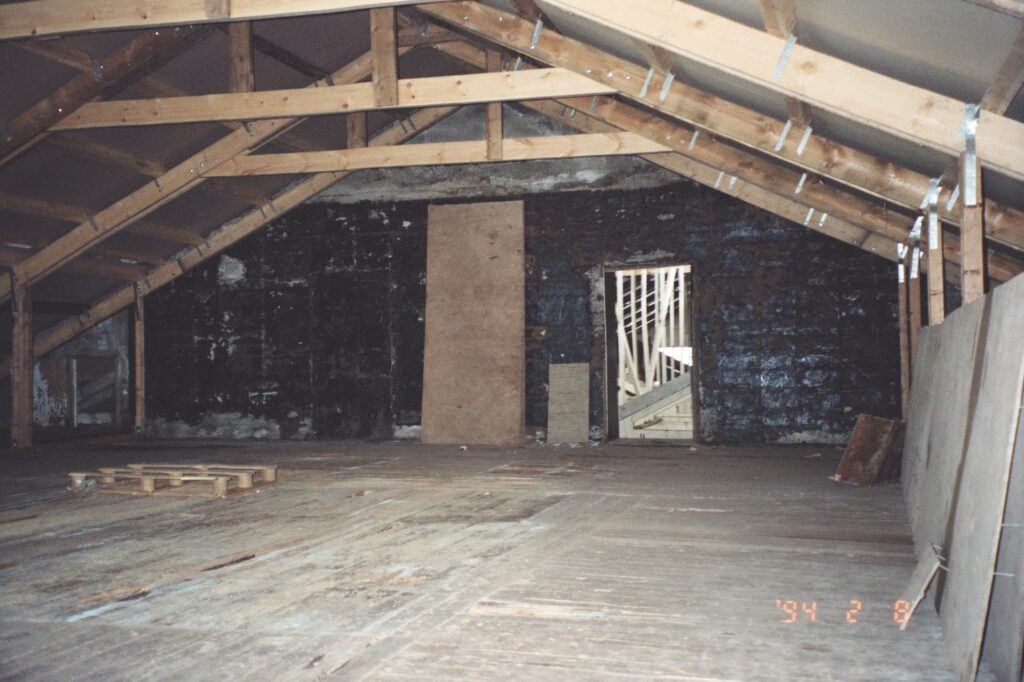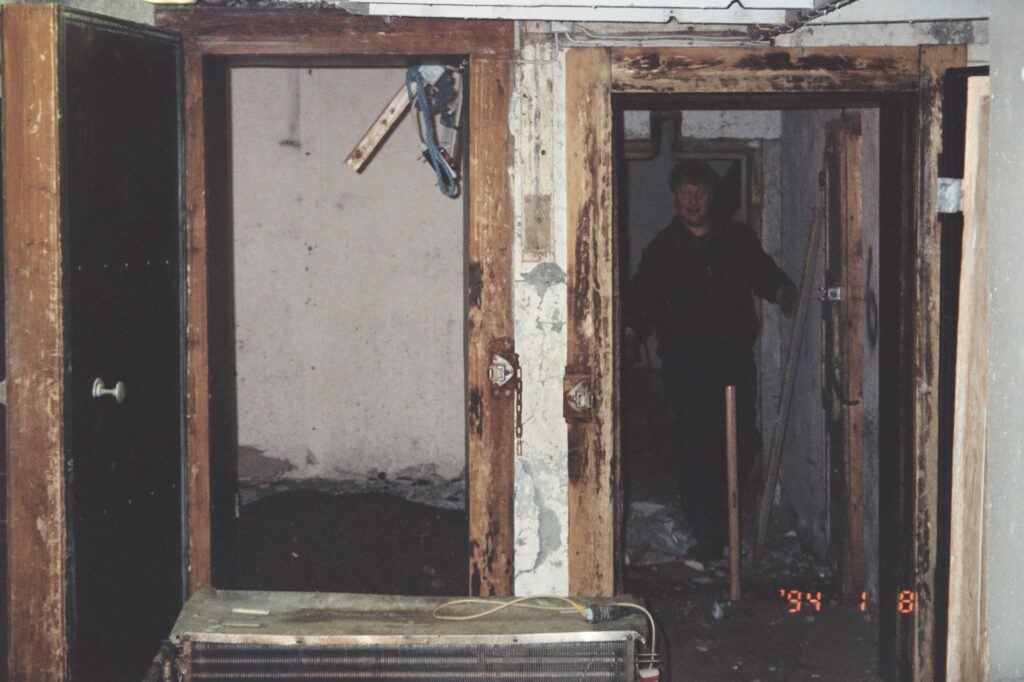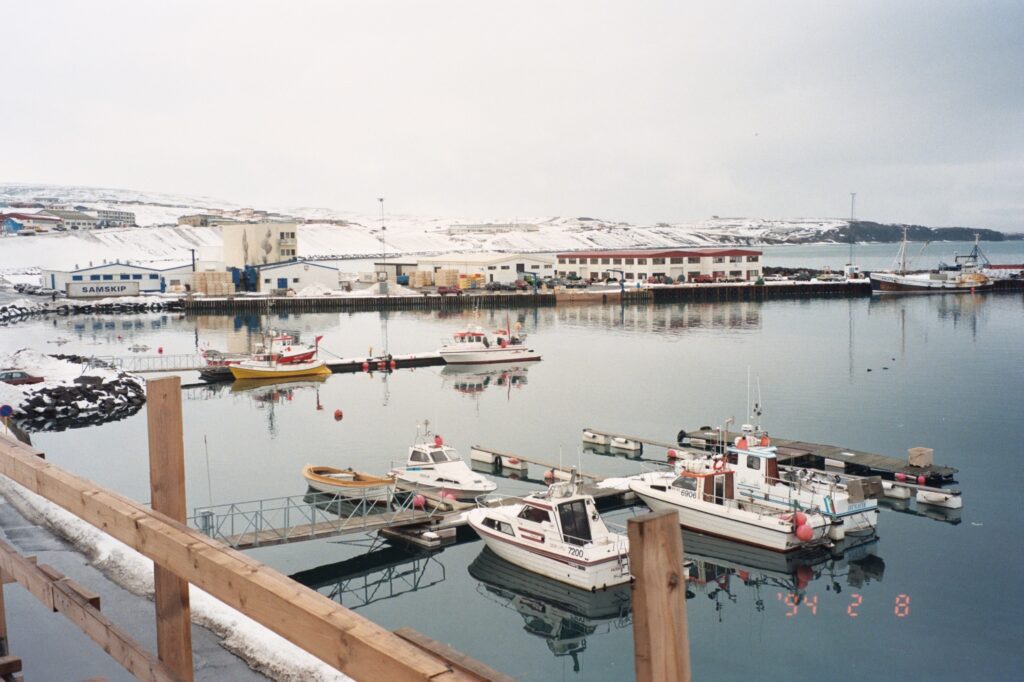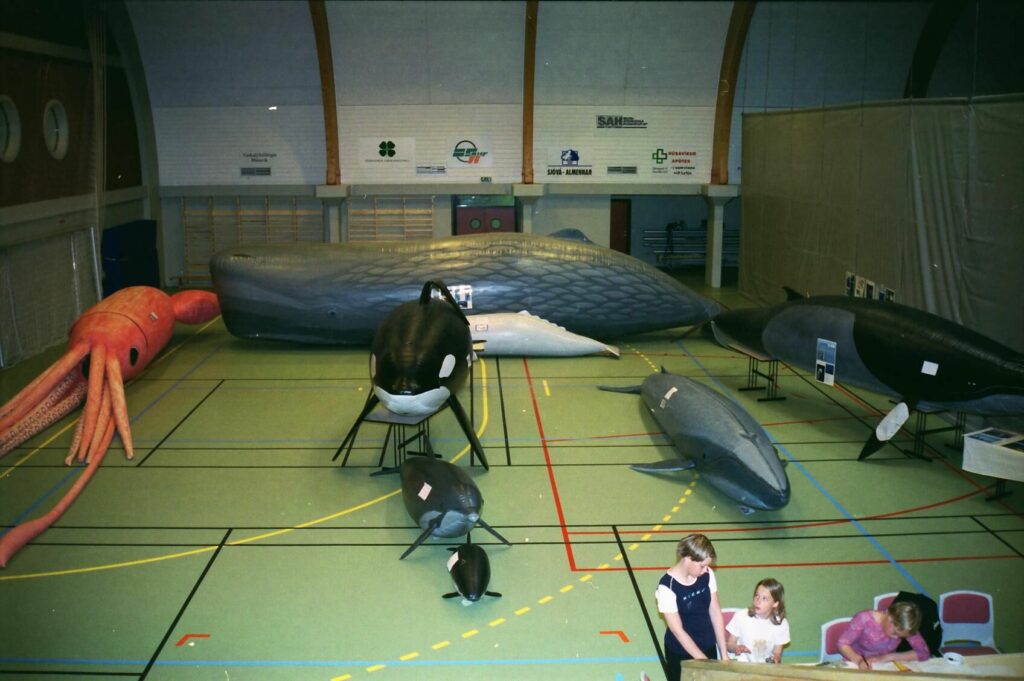In 2000, the Whale Center bought the old slaughterhouse of Kaupfélag Þingeyinga, which was built in 1931. This saved the building from dilapidation. Sheep slaughtering was stopped in the building around 1970, and large animal slaughtering soon after. Freezing, meat processing and various services provided by KÞ were in the building until the year 2000, but at a minimum in recent years. The premises and the location, by the harbor where there is a lot of whale watching traffic, are well suited to the operations of the Whale Museum.
Over the next two years, the building was renovated and its infrastructure adapted to museum activities. Emphasis was placed on preserving the exterior of the building and reusing all the materials possible. For example, wood from scaffolding was used for the floor of the lecture hall, spirals and other parts of a refrigeration system were used for the exhibition, and fixtures and cans were used as light screens in the lighting of the exhibition. The freezer spirals that were not used by the museum were given to horse farmers in gerð. The museum officially opened in a newly renovated building in June 2001. The exhibition space is 1400 m2. Spaces on the ground floor continued to be rented out until 2015, when ideas for a different use of them emerged.
In 2000, the Whale Festival was held in the Whale Museum as part of the 50th anniversary of Húsavíkurkaupstaðar. Among other things, a traveling show was set up in the sports hall in Húsavík called "The whale and dolphin road show". The display included a full size inflatable whale.
